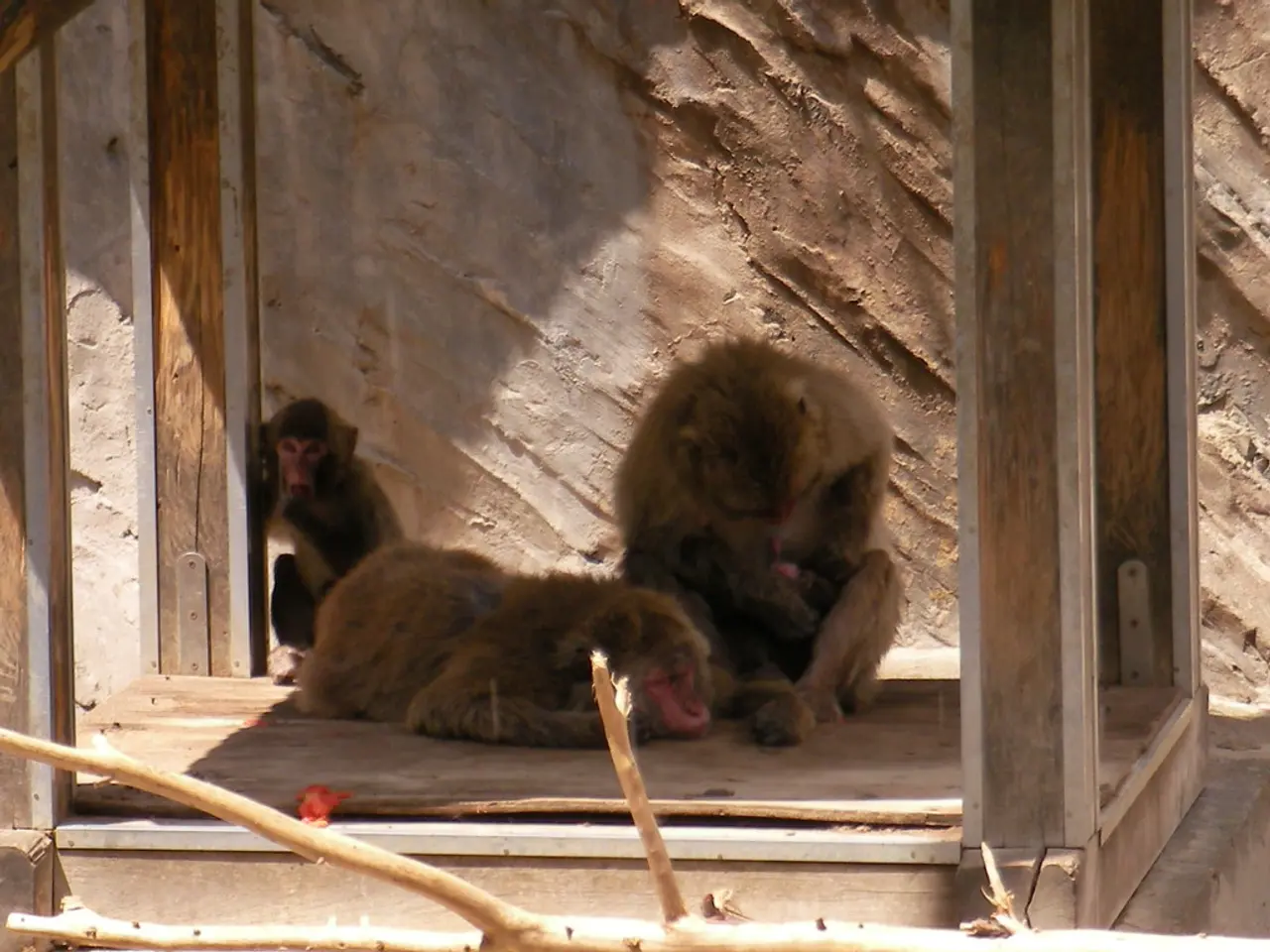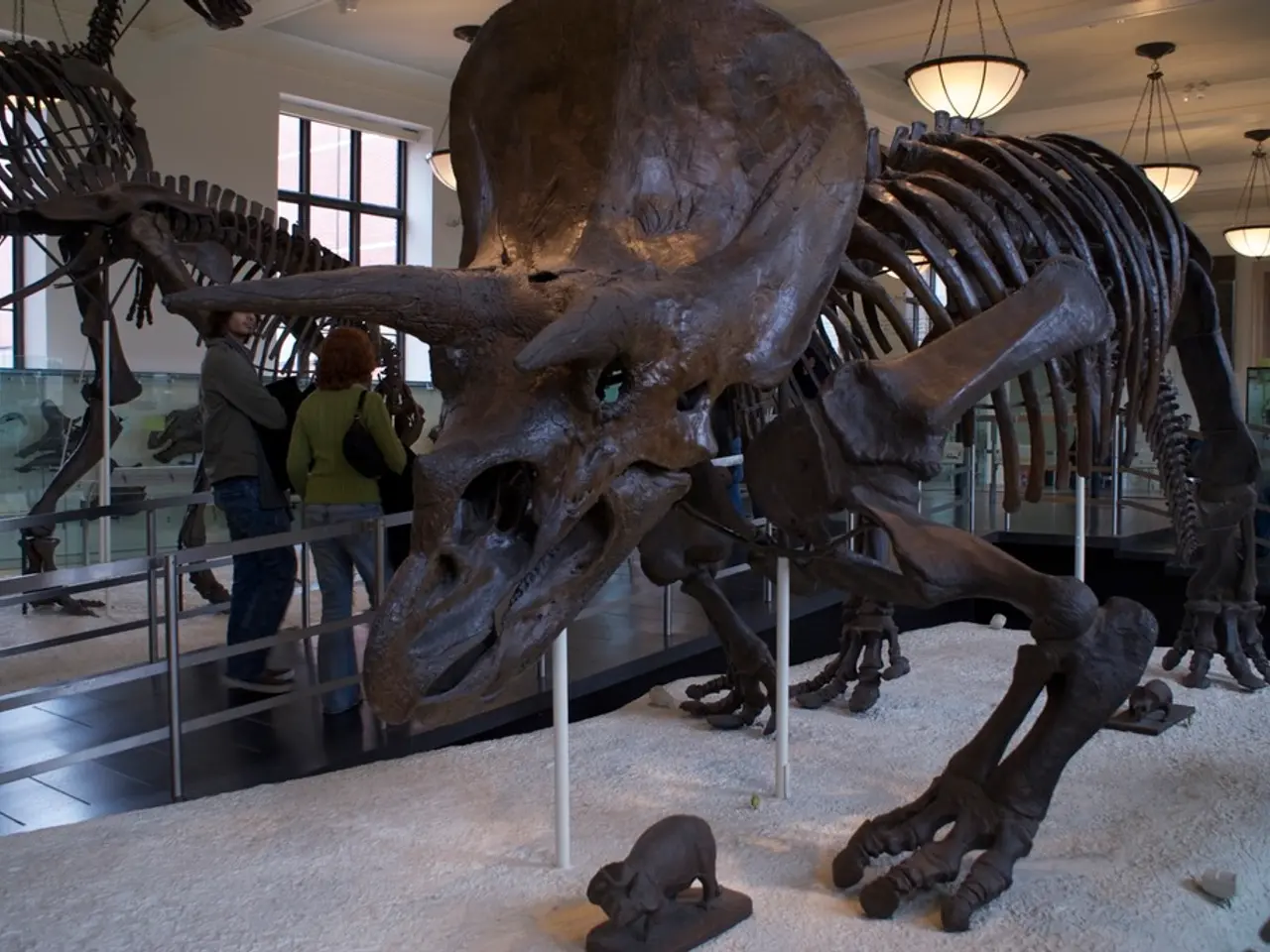Tragedy strikes at Nuremberg Zoo as twelve monkeys perish!
In the heart of Germany, the Nuremberg Zoo has found itself at the centre of a storm of controversy and legal threats. The zoo's decision to euthanise 12 healthy baboons due to space constraints has been met with widespread criticism, with many viewing it as unnecessary, inhumane, and the result of irresponsible management.
The zoo's baboon enclosure had been overcrowded, housing over 40 animals instead of the intended 25. Contraceptive measures for the female baboons were attempted but proved unsuccessful. Despite this, the zoo cited overcrowding and failed relocation efforts as the reasons for the cull.
Animal rights groups have condemned the action, arguing that the zoo's long-term failure to manage breeding responsibly and reliance on euthanasia violated animal protection laws. They describe the cull as "irresponsible and unsustainable" and vow to file criminal complaints.
The controversy was intensified by the zoo's choice to kill non-pregnant and non-study baboons by shooting, then feeding their remains to predators within the zoo. Activists protested fiercely, including scaling zoo walls and staging direct actions such as gluing themselves to the ground, leading to arrests.
Critics also pointed out that the problem stemmed from the zoo allowing the population to grow unchecked for years. They accuse the Nuremberg Zoo of failing to pursue long-term solutions to the overcrowding issue.
The public reaction to the euthanasia of healthy animals is strong, fuelled by the close relation between baboons and humans, according to the zoo director, Dag Encke. Animal welfare advocates, however, accuse the Nuremberg Zoo of setting a dangerous precedent.
Notable examples of similar incidents include the euthanasia of Marius the giraffe in the Copenhagen Zoo and a zebra in Leipzig. The German Animal Welfare Federation describes the euthanasia as a "taboo breach" and warns of potential copycat effects in other zoos.
Representatives of animal welfare associations are now calling for stricter legal frameworks for zoos and breeding programs. They believe that such incidents could have been avoided with better population management and more humane solutions. The Nuremberg Zoo maintains that there were no practical alternatives to euthanizing the excess baboons.
As the situation unfolds, it remains to be seen how the Nuremberg Zoo will navigate this crisis and whether it will lead to changes in zoo management practices across Germany and beyond.
The Nuremberg Zoo's controversy over baboon euthanasia has sparked discussions about the need for better home-and-garden (animal management) practices within zoos, particularly focusing on long-term lifestyle (conservation) solutions for baboons and other species. Animal welfare advocates have also raised concerns about the potential impact of such decisions on pet ownership and treatment, calling for stricter laws to protect animals in captivity.




